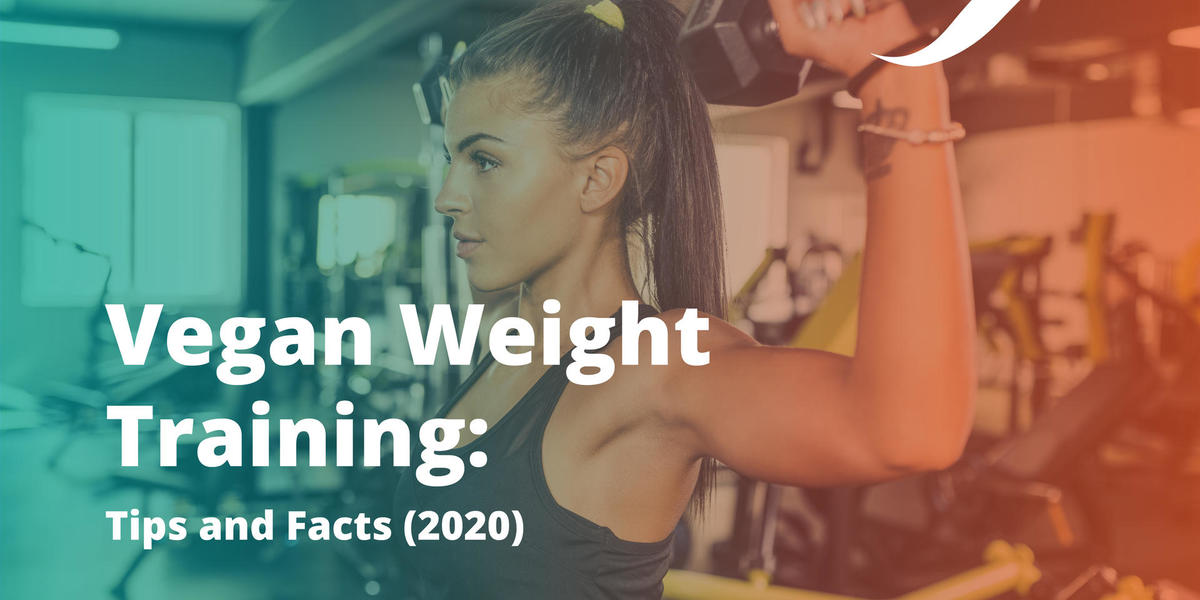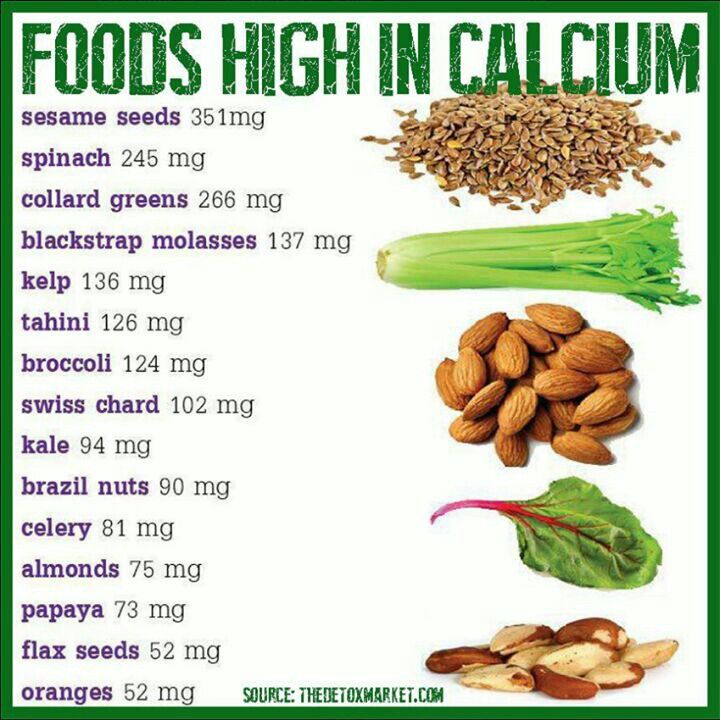
You may have heard of plant-based healing, which is an alternative to traditional medicine. While there are many benefits to plant-based healing, you should also understand some limitations. This article highlights important aspects about diets that emphasize whole foods, including their health benefits and sources of protein.
Whole foods diets
Diets that focus on whole foods for plant-based healing are high in phytonutrients, and naturally anti-inflammatory. They don't exclude animal products completely, but they minimize their consumption. It is important to consume plenty of whole grains as well as vegetables.
It has been shown that diets that focus on whole foods for healing can have substantial benefits for the body as well as the mind. They can be used to prevent and treat chronic lifestyle diseases. A large percentage of Americans experience a number of chronic health conditions.

Sources for protein
Plant-based diets require a variety protein sources. Many plant-based proteins are high in fiber, vitamins and minerals. When choosing a protein source for a plant-based diet, keep your protein goals in mind. Some protein sources are easier to digest than other, so make sure you take into account your needs.
As the world grows, plant-based protein sources are becoming more popular. There are many advantages to eating plant-based diets. These can help reduce your risk of developing type II diabetes or heart disease. In addition to contributing to global warming and the destruction terrestrial biodiversity, animal-based proteins are also harmful.
Health benefits
Chronic inflammation has been shown to be a major cause of many health problems. Plant-based healing can help to reduce it. Plant-based foods have phytochemicals and antioxidants that boost the immune system and eliminate toxins. Chronic inflammation can damage body cells and increase the risk for cancer.
A variety of benefits associated with a plant-based diet have been well-documented. One of those benefits is that it can reduce cholesterol and the amount of saturated oil in the body. Plant foods can be an excellent way to lower cholesterol levels and protect your heart health. Additionally, plant-based diets can be less harmful for the environment.

Limitations
Traditional use of medicinal herbs has many limitations. Although two billion people rely on medicinal plants heavily, the World Health Organization estimates these figures to be very low. These numbers are still highly uncertain. They do, however, show that medicinal plant play a crucial role in many peoples lives, both in developing and developed nations.
The gut's microbial diversity is important for your health. For example, it has been suggested that a healthy gut microbiome is related to healthy ageing. Other studies show that a plant-based diet can have an impact on brain function, though the mechanisms are not yet understood. This may involve changes in the underlying systemic metabolic pathways and altered cognitive abilities.
FAQ
What are the 7 keys to a healthy, happy life?
-
Make sure you eat right
-
Exercise regularly
-
Rest well
-
Drink plenty of water.
-
Get enough sleep
-
Be happy
-
Smile often
What are the ten best foods to eat in America?
The top 10 best foods are:
-
Avocados
-
Berries
-
Broccoli
-
Cauliflower
-
Eggs
-
Fish
-
Grains
-
Nuts
-
Oats
-
Salmon
How often should you exercise?
It is important to exercise for a healthy lifestyle. But, you don't need to spend a specific amount of time exercising. It is important to find something you enjoy, and then stick with it.
If you work out three times a week, then aim to complete 20-30 minutes of moderate intensity physical activity. Moderate intensity means that you will still be working hard even after your workout is over. This type of exercise burns approximately 300 calories.
Walk for 10 minutes four days a semaine if you prefer walking. Walking is low-impact and easy on your joints.
Jogging is an alternative to running. You can do it for as little as 15 minutes each day. Running is a great way to burn off excess calories and build muscle tone.
Start slow if it's your first time exercising. Start by only doing 5 minutes of cardio five times a week. Gradually increase the duration until you reach your goal.
Statistics
- According to the 2020 Dietary Guidelines for Americans, a balanced diet high in fruits and vegetables, lean protein, low-fat dairy and whole grains is needed for optimal energy. (mayoclinichealthsystem.org)
- This article received 11 testimonials and 86% of readers who voted found it helpful, earning it our reader-approved status. (wikihow.com)
- In both adults and children, the intake of free sugars should be reduced to less than 10% of total energy intake. (who.int)
- According to the Physical Activity Guidelines for Americans, we should strive for at least 150 minutes of moderate intensity activity each week (54Trusted Source Smoking, harmful use of drugs, and alcohol abuse can all seriously negatively affect your health. (healthline.com)
External Links
How To
What does the term "vitamins" mean?
Vitamins are organic compounds naturally found in food. Vitamins aid us in absorbing nutrients from the food we eat. Vitamins cannot be made by the body; they must be taken from food.
There are two types vitamins: water soluble or fat soluble. Water soluble vitamins dissolve easily in water. You can find vitamin C,B1 or thiamine, B2 or riboflavin and B3 or niacin. B6 is pyridoxine. Folic acid, biotin and pantothenic are some examples. Fat soluble vitamins are stored in the liver and fatty tissue. Vitamin D, E, K and A are some examples.
Vitamins are classified based on their biological activity. There are eight main types of vitamins:
-
A - Vital for healthy growth.
-
C - essential for proper nerve function, and energy production.
-
D - essential for healthy teeth and bones.
-
E - Required for good vision, reproduction.
-
K - Required for healthy nerves and muscles.
-
P - Vital for strong bones and teeth.
-
Q - aids digestion and absorption of iron.
-
R - necessary for making red blood cells.
The recommended daily allowance (RDA), for vitamins, varies based on gender, age, and physical condition. The U.S. Food and Drug Administration has established the RDA values.
For example, the RDA for vitamin A is 400 micrograms per dayfor adults 19 years or older. Because it is essential for the development of the fetus, pregnant women should consume 600 micrograms per days. Children ages 1-8 require 900 micrograms per day. For infants younger than one year, 700 micrograms are required daily. However, this number drops to 500 micrograms each day for children aged 9-12 months.
Children aged 1-18 years need 800 micrograms daily, while children overweight require 1000 micrograms per days. Children who are severely obese or underweight will need 1200 micrograms each day.
Children aged 4-8 who have anemia are required to consume 2200 micrograms of Vitamin C daily.
2000 micrograms are required daily for good health in adults over 50. Due to their increased nutrient needs, pregnant and breastfeeding women need 3000 micrograms daily.
Adults over 70 need 1500 micrograms daily, since they lose around 10% of their muscle mass every decade.
Women who are pregnant, nursing or breastfeeding need more than the RDA. Pregnant and breastfeeding women require 4000 micrograms each day during pregnancy and 2500 Micrograms each day after birth. Breastfeeding mothers need 5000 mg per day when breastmilk is being produced.